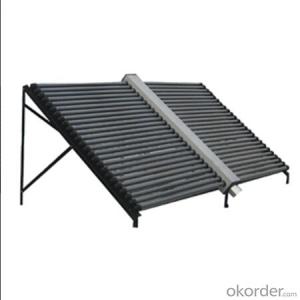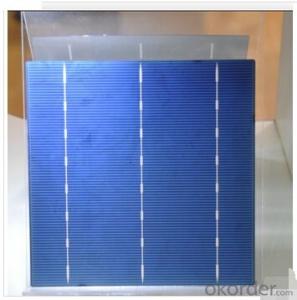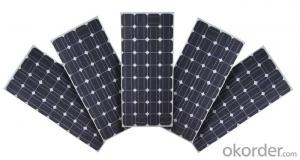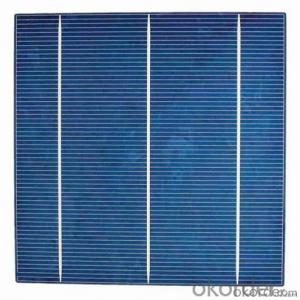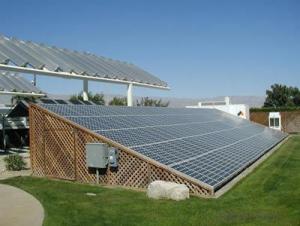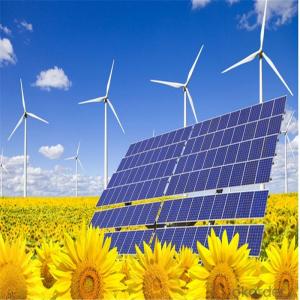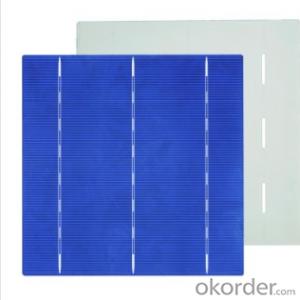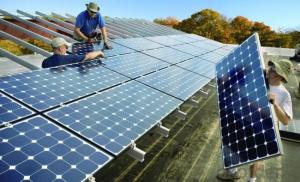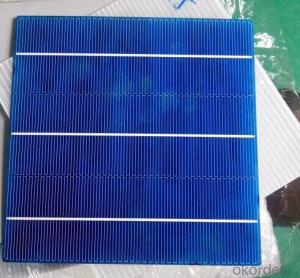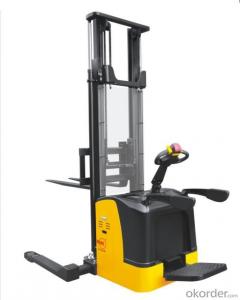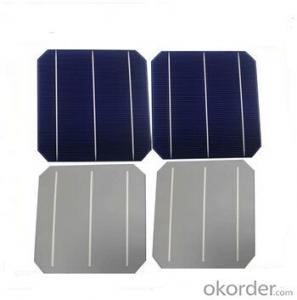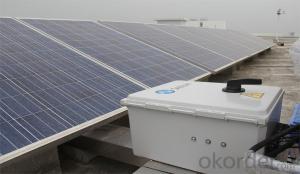Iii V Solar Cells
Iii V Solar Cells Related Searches
V Guard Solar Inverter Iii V Solar Cells Bluetec Solar Tinplate Model TrainsHot Searches
Cheap Solar Cells For Sale Flexible Solar Cells For Sale Q Cells Solar Panels For Sale Printed Solar Cells For Sale Bulk Solar Cells For Sale 6x6 Solar Cells For Sale Broken Solar Cells For Sale Cpv Solar Cells For Sale Photoelectric Cells For Sale Price Of Silicon Solar Cells Price Of Solar Cells Over Time Buy Solar Cells From China Cheap Solar Cells China Best Type Of Solar Cells Flexible Solar Cells Price Q Cells Solar Panels Price 3 Types Of Solar Cells Production Of Solar Cells Common Types Of Solar Cells Q Cells Solar Panel PricesIii V Solar Cells Supplier & Manufacturer from China
Okorder.com is a professional Iii V Solar Cells supplier & manufacturer, offers integrated one-stop services including real-time quoting and online cargo tracking. We are funded by CNBM Group, a Fortune 500 enterprise and the largest Iii V Solar Cells firm in China.Hot Products
FAQ
- I have a turnkey solar power project starting in 6 months, now we are searching the market in south China to find the best solar cells manufacturers. Any professional suggestion or recommendation?
- Our company name is Zhuhai Pinge Battery Co., Ltd., research and development, production, sales for the integration of the sci-tech enterprise, takes the market demands and technology innovation as the guide, focuses on battery’s technology research and practical applications. With professional technical team and excellent service to customers, we will promote the progress of the times in the battery industry.
- Yes, solar cells can be used in emergency lighting. Solar cells are capable of converting sunlight into electrical energy, which can be stored in batteries for later use. This makes them a reliable and sustainable option for emergency lighting, as they can provide power during power outages or in remote areas where traditional electricity sources may not be available.
- The role of bypass diodes in shading situations is to minimize the impact of shading on the overall performance of a solar panel. When a section of a solar panel is shaded, it can significantly reduce the current produced by that section, leading to a decrease in the overall power output. Bypass diodes are connected in parallel to each solar cell or a group of cells within a solar panel to provide an alternative path for the current to flow when shading occurs. This allows the shaded cells to be bypassed, preventing them from affecting the performance of the unshaded cells. By utilizing bypass diodes, the solar panel can maintain a higher level of efficiency and generate more power, even in shading situations.
- Yes, solar cells can be used on road surfaces. Solar roadways or solar panels embedded within road surfaces are being developed to generate clean and renewable energy. These solar cells can capture sunlight and convert it into electricity, which can be used to power streetlights, traffic signals, or even charge electric vehicles. However, the technology is still in its early stages and faces practical challenges such as durability and cost-effectiveness.
- How does the photovoltaic cells work?
- Photovoltaic solar cells fulfill two functions: photogeneration of charge carriers (electrons and holes) in a light-absorbing material, and separation of the charge carriers to a conductive contact that will transmit the electricity.
- Monocrystalline solar cells are made from a single crystal structure, resulting in a uniform dark color and higher efficiency. On the other hand, polycrystalline solar cells are made from multiple crystal structures, giving them a speckled appearance and slightly lower efficiency.
- The role of anti-islanding devices in solar cell systems is to ensure the safety of utility workers and prevent damage to the grid in the event of a power outage. These devices are designed to detect when the grid loses power and immediately disconnect the solar system from the grid. This prevents the solar system from continuing to generate electricity and feeding it back into the grid, which could pose a danger to workers trying to fix the power outage. Anti-islanding devices also help to protect the solar system itself from potential damage caused by voltage fluctuations during an outage.
- Yes, solar cells can definitely be used in off-grid cabins or cottages. Solar cells, also known as photovoltaic cells, convert sunlight into electricity, making them an excellent renewable energy source for remote locations. By harnessing the power of the sun, solar cells can generate electricity to power lights, appliances, and other electrical devices in off-grid cabins or cottages, allowing for a sustainable and independent energy solution.


